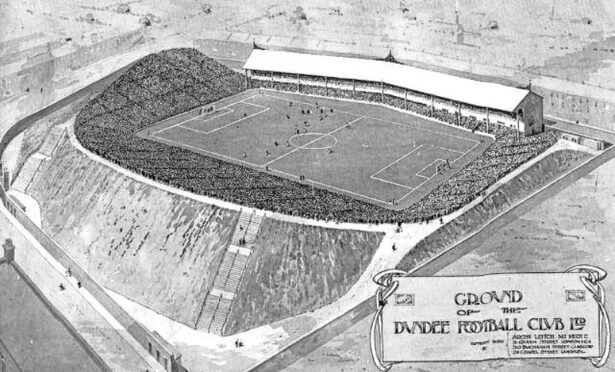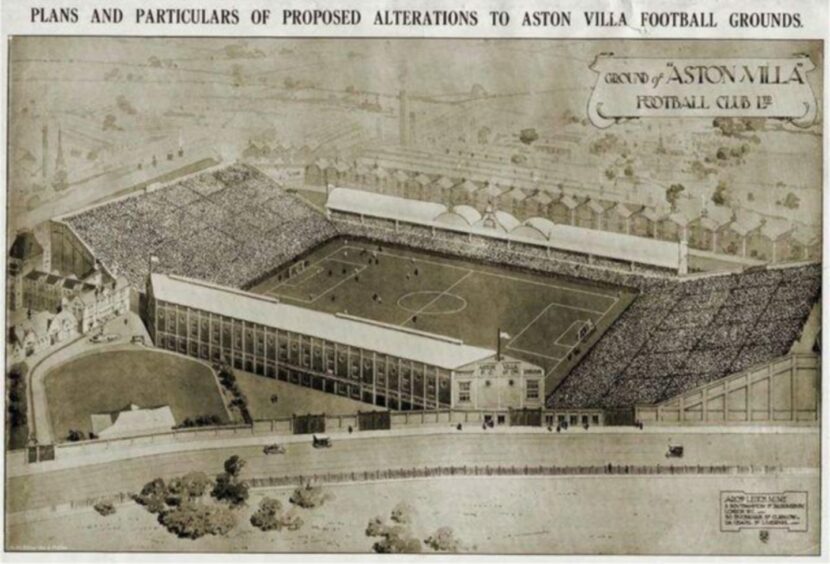
He created many of the cathedrals where football fans worshipped and the work of stadium architect Archibald Leitch is now being marked with a major exhibition.
The Scots architect was behind some of the most-famous football grounds in Britain and some of his detailed drawings feature in the show at the Design Museum in London.
Starting with Ibrox Park in 1899, the home of Rangers, his boyhood heroes, Leith went on to create many iconic stadiums, north and south of the border, from Hampden and Parkhead to Anfield and Highbury.
Some of his intricate drawings are on show at Football: Designing The Beautiful Game a new exhibition, charting the history and evolution of the UK’s most popular sport with a section on stadiums detailing how architects ensure that sightlines, acoustics and circulation are perfect to ensure the best atmosphere for fans to watch their teams.

The evolving design of everything from balls and boots to strips and stadiums is also charted, with fascinating digressions to explain the story of, for example, Brazil’s famous gold strip.
Curator Eleanor Watson said: “There are amazing football museums around the world and there have been a lot of exhibitions about art and football, and some smaller scale pop-up style shows about individual aspects of design, usually kits, but nothing that looked at it in the round.”
“A colleague said, This is a really bad idea because everyone thinks of design as a sign of its total commercialisation’.
“I thought that was inaccurate and wanted to show that design isn’t a post-1991, Premier League phenomenon, that designers and architects have played a really important part in shaping football from the early days of professionalism to the present.”
Football: Designing The Beautiful Game, London’s Design Museum until Aug 29

Enjoy the convenience of having The Sunday Post delivered as a digital ePaper straight to your smartphone, tablet or computer.
Subscribe for only £5.49 a month and enjoy all the benefits of the printed paper as a digital replica.
Subscribe